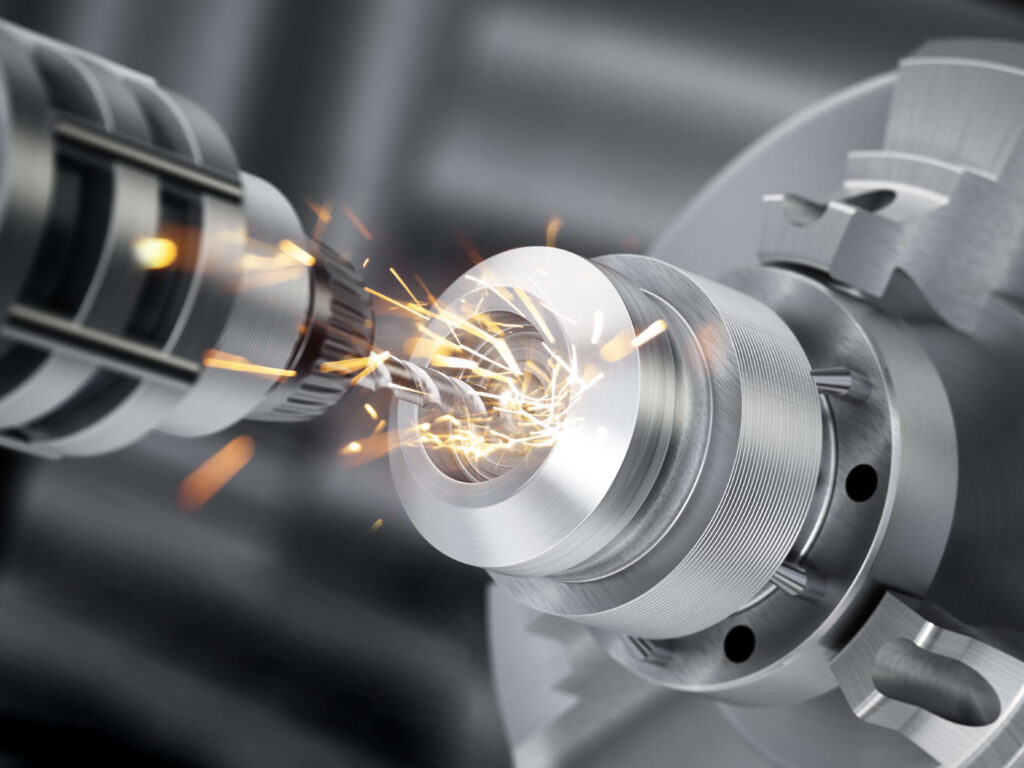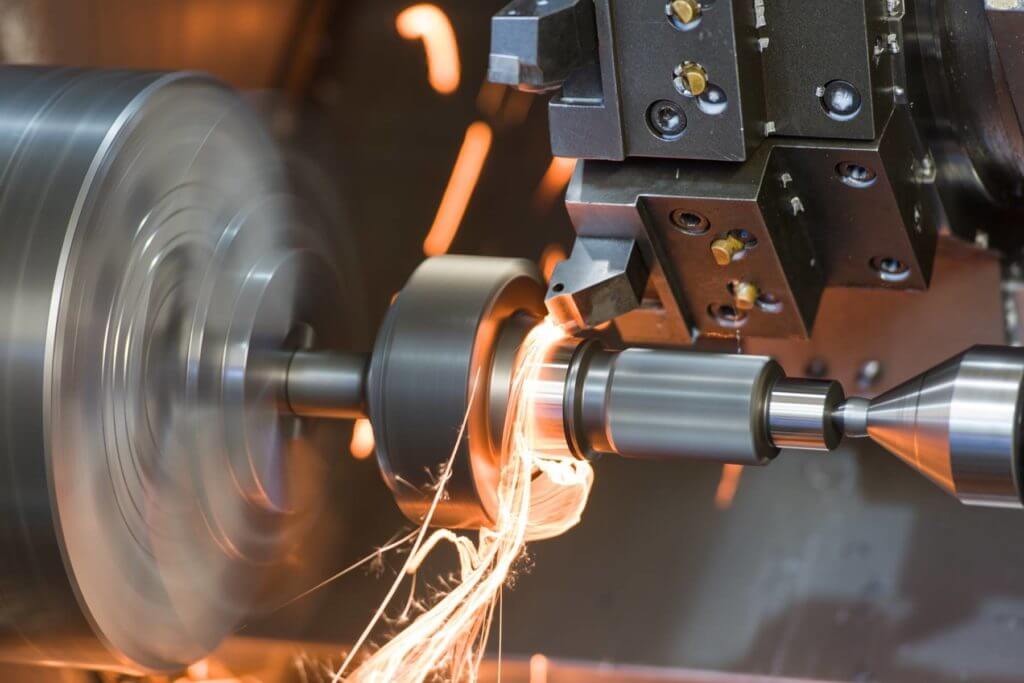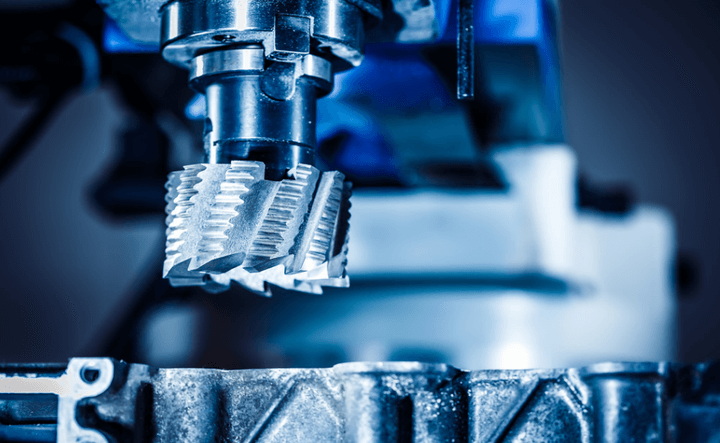Introduction to Machining Processes
Machining is a fundamental process in the manufacturing industry that involves removing material from a workpiece to create a desired shape or size. It is a key step in producing a wide range of products, from simple components to complex machinery.
Understanding the different types of machining processes is essential for anyone involved in the manufacturing industry.
1.Turning

One of the most common machining processes is turning, where a cutting tool removes material to create a cylindrical shape while the workpiece rotates. The process is often used to produce shafts, rods, and other cylindrical components. Turning can be performed on both manual and computer numerical control (CNC) machines, with CNC machines offering greater precision and automation.
2.Milling
Another widely used machining process is milling, which involves using a rotating cutting tool to remove material from a workpiece. Unlike turning, milling can create a variety of shapes, including flat surfaces, slots, and complex contours.
Milling machines can be divided into two main types: vertical milling machines and horizontal milling machines. The spindle of a vertical milling machine moves vertically, while the spindle of a horizontal milling machine moves horizontally.

3.Drilling
Drilling is another important machining process that involves drilling holes in a workpiece. It is commonly used in various industries such as aerospace, automotive and construction. This is because drilling machines can be either manual or CNC controlled, and CNC machines also offer greater precision and efficiency.
In addition to creating simple holes, drilling can also be used to create threaded holes or countersunk holes.
4.Grinding
Grinding is a machining process that uses a grinding wheel to remove material from a workpiece. It is often used to achieve high precision and surface finish. Grinding can be performed on a variety of materials, including metals, ceramics, and composites.
There are many types of grinding machines, such as surface grinders, cylindrical grinders, and centerless grinders, each of which is suitable for specific applications.

5.In Summary
Machining is a key process in the manufacturing industry that involves removing material from a workpiece to form a desired shape or size. Understanding the different types of machining processes is essential for anyone involved in the manufacturing industry.
Turning, milling, drilling, and grinding are some of the primary machining processes, each with its own advantages and limitations. In addition, there are secondary processes such as broaching, honing, and grinding that are often used in conjunction with the primary processes.
When choosing a process, factors such as the material being machined, the shape and size required, and the required precision and surface finish need to be considered.
